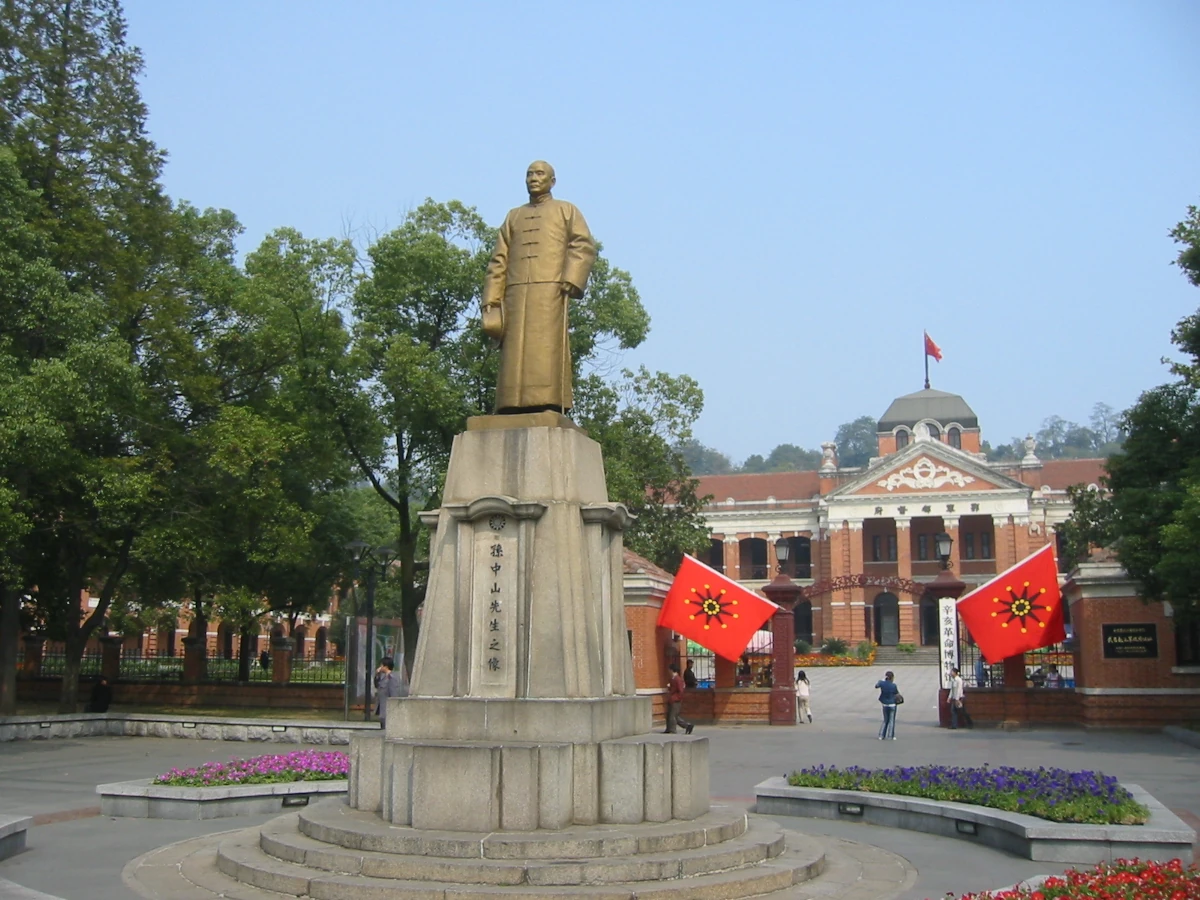
Zoom: 100%
The First Uprising Plaza of Wuhan in front of the former Qing Hubei military government building, Wikipedia
Wuchang Uprising & Xinhai Revolution
On October 10, 1911, the Wuchang Uprising ignited the Xinhai Revolution, a pivotal moment in Chinese history that ultimately overthrew the Manchu-led Qing Dynasty and established the Republic of China. This revolution was not just about liberation from imperial rule; it also carried a heavy human cost. The initial uprising was followed by brutal struggles for control, resulting in thousands of casualties. While the revolution was largely welcomed by the Han majority, anti-Manchu sentiment led to tragic incidents of ethnic cleansing. In some areas, there were massacres of Manchu civilians, particularly in cities where Manchu garrisons were located. This revolutionary effort was not solely an internal affair of China; it was significantly funded by a global network of overseas Chinese, including the Chinese in Canada. The support from overseas Chinese did not end with the revolution, continuing through the decades that followed. Even after the ROC government located to Taiwan in 1949, this deep-seated loyalty persisted among many overseas Chinese communities, viewing it the ROC as the sole legitimate government of China. The diaspora were not just funders of the revolution, but long-term stakeholders in the fate of the republic they helped create. October 10th has been officially recognized as Double Ten Day in Taiwan, celebrating the founding of the Republic of China. For many Chinese, the Xinhai Revolution represents the end of imperial rule and the dawn of a new era, albeit one that emerged from significant bloodshed.